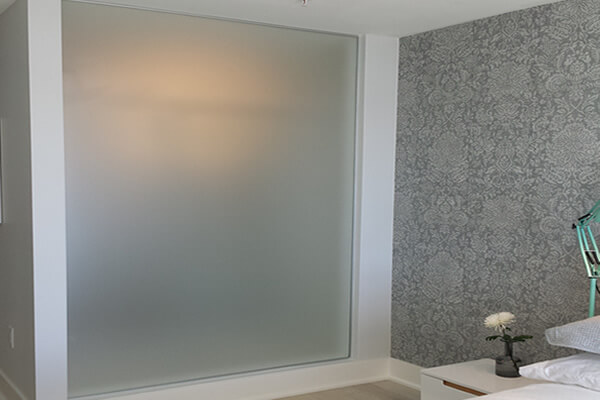

The Allure of Frosted Glass A Study of Function and Aesthetics
Frosted glass, with its unique ability to blend privacy with light diffusion, has become a popular choice in contemporary architecture and interior design. Its enchanting appearance and practical benefits create a dynamic interplay that transforms spaces, allowing them to serve multiple functions while maintaining an inviting atmosphere. This article explores the enchanting allure of frosted glass, examining its applications, benefits, and the impact it has on modern design.
The Aesthetic Appeal of Frosted Glass
At first glance, frosted glass captivates the viewer with its soft, diffused light and elegant texture. The misty surface softens sharp edges and lines, creating a calm ambiance. When backlit, it emits a warm glow, transforming ordinary spaces into serene environments. This quality is particularly appealing in residential settings, where frosted glass panels are often used in doors, windows, and room dividers to create a sense of openness while maintaining privacy.
Moreover, frosted glass offers versatility in design. It can be used in various styles, from minimalist to traditional, and incorporates different patterns and textures. The ability to customize frosted glass allows designers to infuse personality into a space, enhancing its overall aesthetic without compromising functionality.
Privacy Meets Transparency
One of the standout features of frosted glass is its ability to strike a balance between privacy and openness. In settings such as offices, frosted glass dividers allow for collaboration and communication while also reducing distractions. Workers can enjoy their tasks without being fully exposed to their surroundings, fostering a more focused work environment.

In residential environments, frosted glass is often seen in bathrooms, where it provides an essential barrier against prying eyes while still allowing natural light to filter through. This innovative solution ensures that spaces remain bright and airy, alleviating the often cramped feeling associated with traditional opaque materials.
Functional Benefits
Beyond its aesthetic charm, frosted glass serves practical purposes as well. It is often designed to resist scratches and damage, making it a durable choice for various applications. Additionally, transitioning from traditional glass to frosted options often improves energy efficiency. The diffusion of light can reduce glare, creating a more comfortable interior climate, reducing the need for artificial lighting during the day.
Frosted glass is also highly customizable in terms of design and function. Whether it’s etched with patterns, colored, or treated for additional effects, the options are virtually endless. Technology even allows for dynamic variations, such as smart frosted glass that can switch from opaque to transparent with the flick of a switch, giving users control over their privacy at any time.
Conclusion
The appeal of frosted glass lies in its exceptional versatility, striking a harmonious balance between functionality and beauty. Whether used in residential spaces, offices, or commercial areas, its unique blend of transparency and privacy creates an environment that resonates with tranquility and sophistication. As designers continue to explore innovative uses for this material, frosted glass will undoubtedly remain a beloved element in the evolving landscape of architecture and interior design.
Ultimately, the allure of frosted glass is undeniable. It inspires an aesthetic that is modern yet timeless, blending seamlessly into various settings while enhancing the quality of light and privacy. As we look to the future, it is clear that frosted glass will continue to shine brightly as a preferred choice in design, illuminating spaces both literally and figuratively.